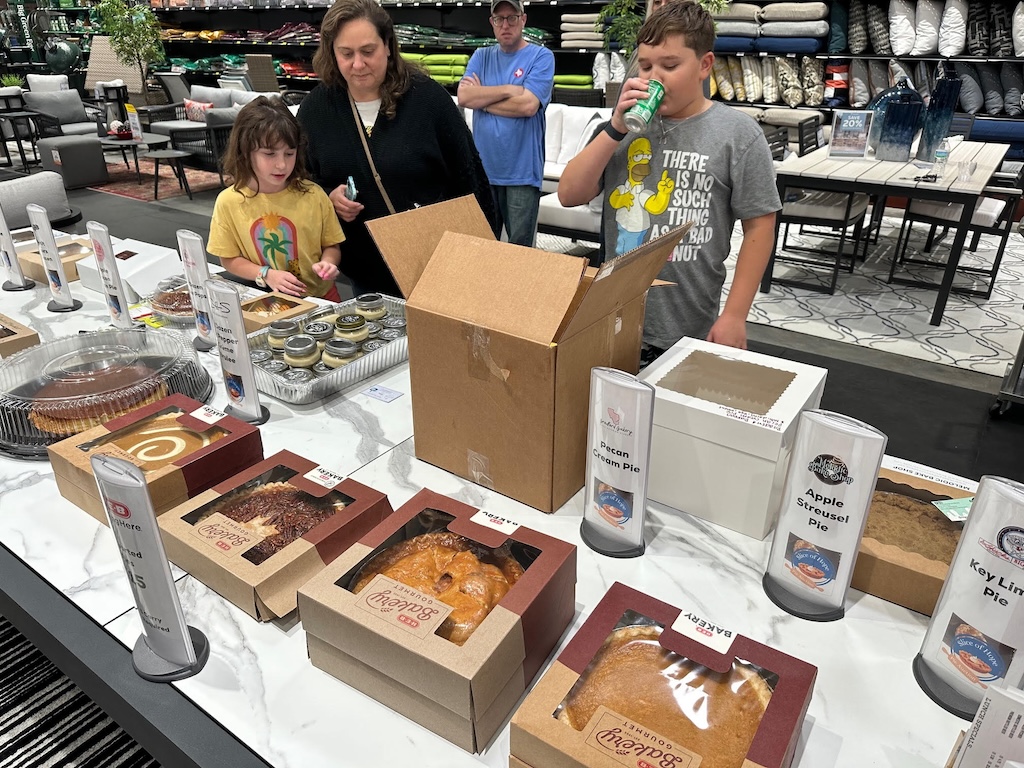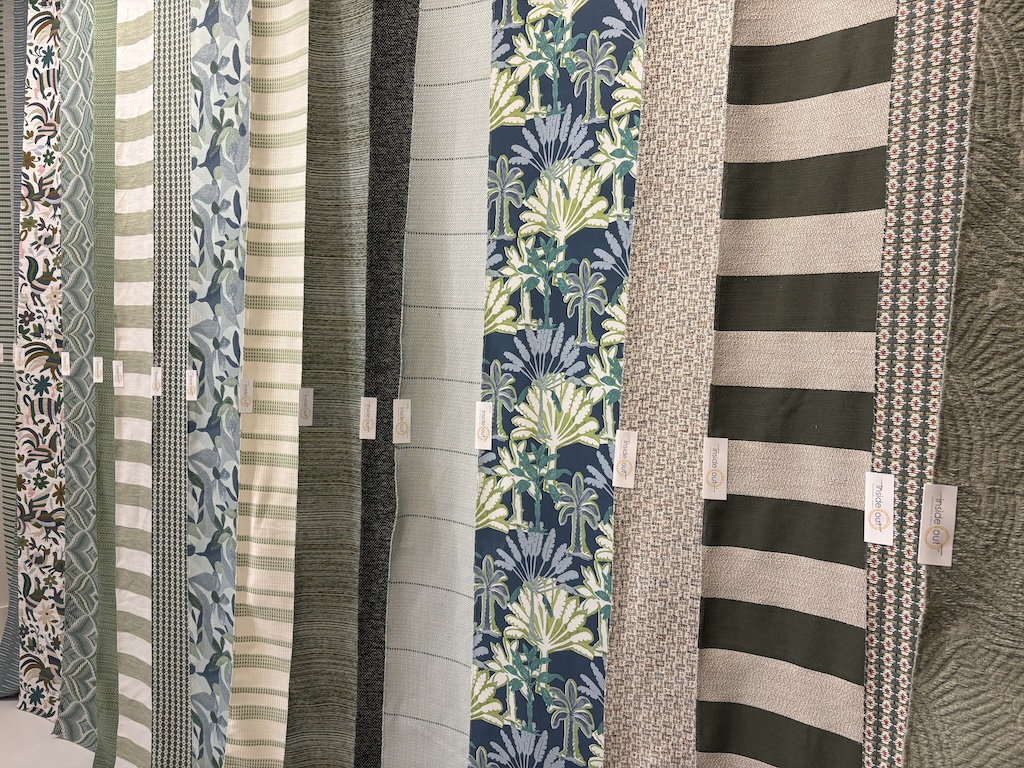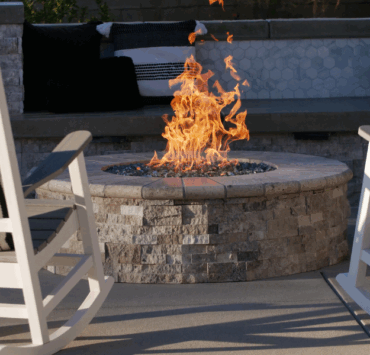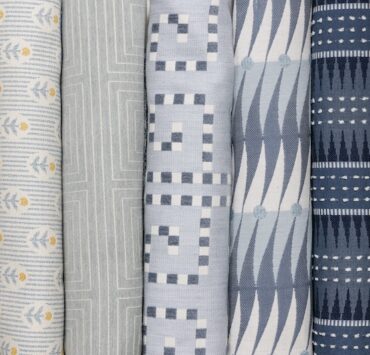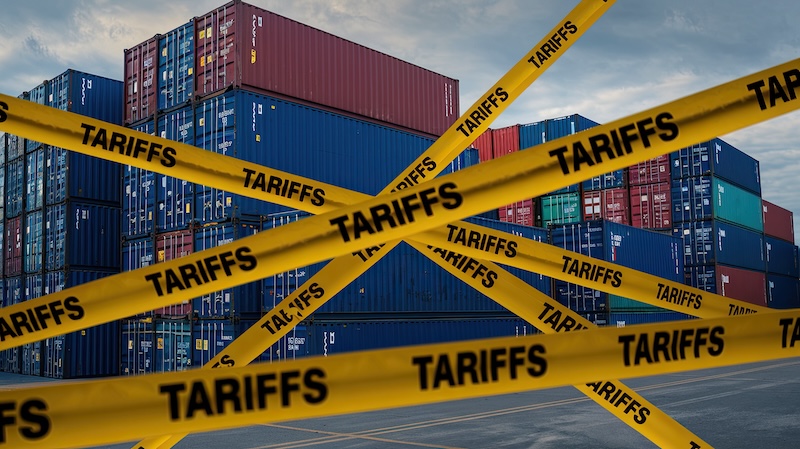
Earlier this week, the Trump administration struck a trade deal with China following two days of talks between the countries. That agreement would drastically roll back tariffs on each country’s goods by 115% for 90 days, dropping the new duty on imports from China from 145% to 30% and those imported to China from the United States down to 10%.
While this is welcome news for many in the home furnishings industry, the damage done from a logistical standpoint by the outsized tariffs, which went into effect in early April, remains.
The original 145% tariff led to a major backlog of goods building up in China — along with ocean freight volume drops as much as 30% in recent weeks, according to Hapag-Lloyd and others — as importers didn’t want to accept shipments subject to the astronomical duty.
“For the first three weeks of May, 34% of capacity in the trans-Pacific has been taken out through blank sailings and service removals,” Nerijus Poskus, head of ocean procurement for Flexport, told the Journal of Commerce.
Poskus went on to explain that many of those ships shifted to different trade lanes, so switching back to the trans-Pacific lane to meet the lower-tariff demand will not be a simple process.
“They are not just sitting and waiting, so shifting back capacity to the [trans-Pacific] will not be as easy as it seems and will take time,” he said. “There is maybe a ship or two that can be deployed back right away, but as for the market as a whole, it will take more than four weeks for any meaningful capacity to be injected back into the TP [trans-Pacific].”
How will this affect casual industry companies that import product or components from Asia? It all depends on what they’ve done in regards to moving production or getting product to the U.S.
Bew White of Summer Classics, Gabby and Wendy Jane said they have already moved most of their product, but the backlogs could still potentially have an impact in the future.
“So far, it hasn’t affected our business,” he said. “But I think lead times will go out longer as we wait to see what the outcome is.”
White pointed out that some categories will be overly affected by the China tariff situation, such as holiday merchandise, which many independent casual retailers carry to extend their season.
“There are certain businesses that are extremely difficult to move,” he said. “Lighting is one of those, but there are others like Christmas and many others that we’re not involved in. So I hope for the sake of these other businesses that something goes back to normal or at least a reprieve on products that cannot be made in the United States.”
Treasure Garden also has secured inventory, and Vice President Benjamin Ma said the shade and accessory maker is in a good position for the season.
“Treasure Garden was fortunate to have planned ahead this year by frontloading a significant portion of our seasonal inventory before the initial tariffs took effect,” he said. “This allowed us to be one of the last companies in the industry to raise prices.”
And while the company still manufactures in China, Ma said Treasure Garden has diversified its supply chain in recent years to make it better equipped to handle issues such as tariffs.
“We were proactive over a year ago in expanding our manufacturing outside of China in preparation for potential tariff impacts,” he said. “While setting up a new facility is never easy, we’ve transitioned relatively quickly. When the 145% tariff was in place, shipping out of China wasn’t practical. Now that the rate has dropped to 30%, it gives us some flexibility during this critical time. While this doesn’t change our core approach — maintaining strong inventory to be a reliable partner for our dealers — we will certainly take advantage of this temporary relief where possible.”
Ma said that while they have plenty of inventory in stock now, Treasure Garden will likely take advantage of the 90-day reprieve to bring in additional product. And he said there could be delays as everyone rushes to get in before the deadline.
“We do anticipate congestion at the ports and with shipping lines following the recent tariff reduction,” he said. “We expect other manufacturers will also act quickly to take advantage of the lower 30% rate. For the remaining stock we’ll need this season, we’re prepared to act quickly to stay ahead of potential delays and ensure consistent supply.”
Moving production has been a strategy for Z-Wovens, which makes Sunbelievable solution-dyed acrylic performance fabrics for the outdoor market, as well as indoor upholstery. The company — which is based in China — opened a facility in Vietnam in August with a second slated to come online in June. Chip Finneran, Z-Wovens vice president of sales and general manager, said those facilities haven given their customers options.
“Some are adjusting easily, and some have challenges, but I think they understand we can try to support them as best we can out of our Vietnam facility,” he said. “With this change in the tariffs, though, the mood is probably a little better.”
The deadline to reach a final agreement on tariffs on imports from China is the week of Aug. 10. And while the 90-day suspension does provide some relief, with the previous tariff of 25% on goods from China combined with the new 30% tariff, importers still will pay at least a 55% duty. While some will continue to wait and see, the urge to shift production to other countries such as Vietnam may become too great for many companies to resist.
Ma said he’s hopeful that the reprieve will be extended or at least that the tariff situation will come to a conclusion that will be palatable for businesses and provide some much-needed consistency.
“Ideally, we hope the 90-day reprieve leads to a more balanced and sustainable tariff policy moving forward,” Ma said. “More importantly, we hope to see some stability. The constant volatility in these policies has made planning incredibly difficult—not just for manufacturers, but also for retailers and consumers.”



